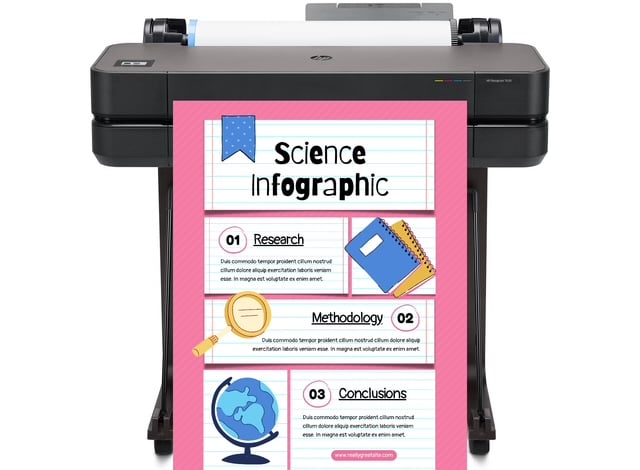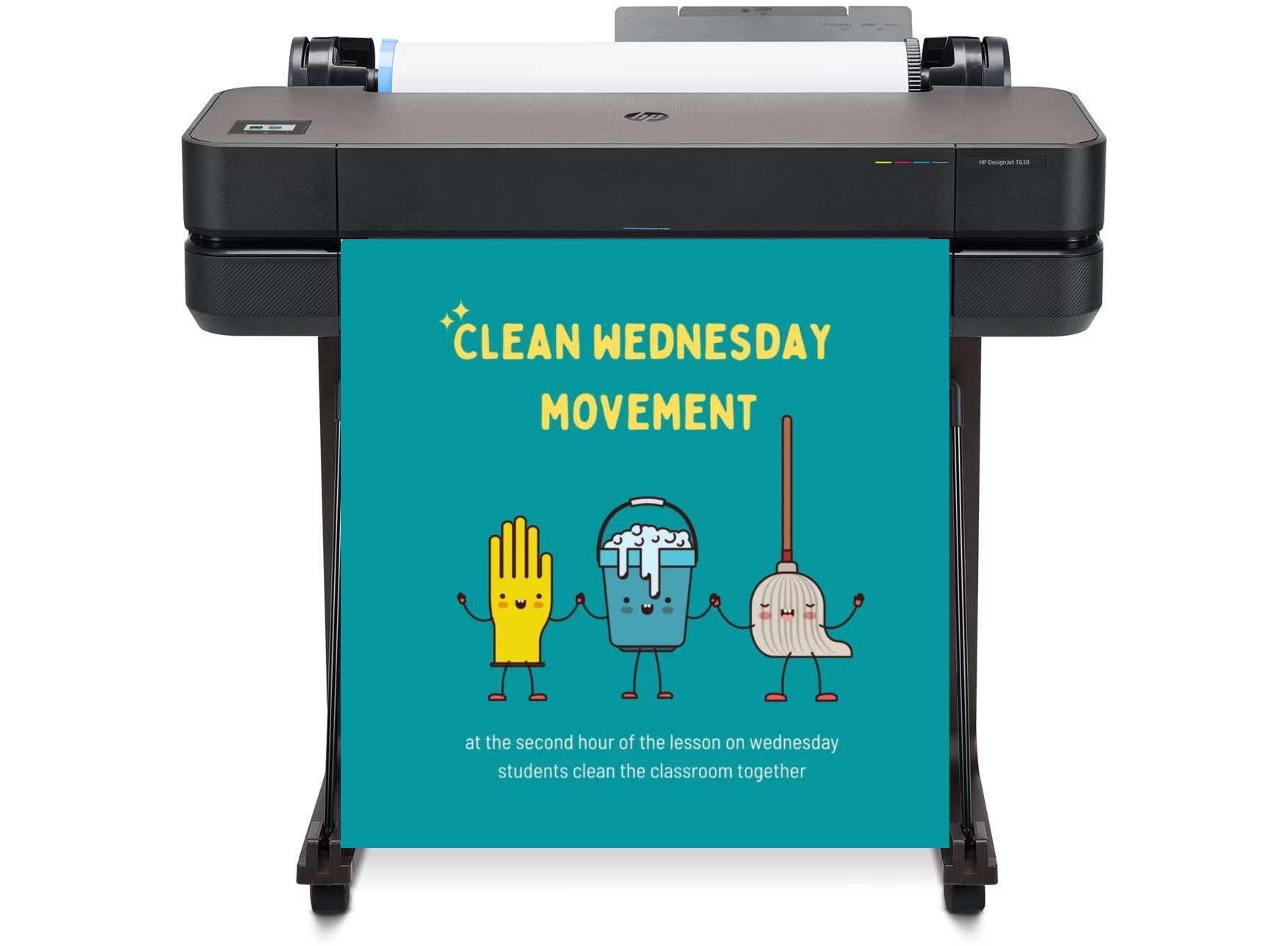
DISCOUNTED EDUCATION PRICING! CALL 1-877-891-8411. We Gladly Accept School Purchase Orders!

In today’s classrooms, learning is no longer confined to textbooks and lectures. Students thrive when they can take ownership of their education through hands-on, creative projects. One of the most underrated tools in this process is the Poster Machine for Schools.
More than just a printer, a poster machine opens doors to collaboration, design thinking, and visual communication. When students create their own posters, they aren’t just decorating the classroom—they’re learning how to synthesize information, communicate ideas, and present knowledge in a way that sticks.
This article explores how empowering students with poster creation boosts engagement, supports project-based learning, and transforms classroom culture. The act of designing a poster also taps into multiple learning styles. Visual learners benefit from the emphasis on imagery, kinesthetic learners engage through the physical process of designing and printing, and auditory learners can discuss their ideas with peers during collaborative planning. This multisensory approach ensures that students of all abilities remain invested in the task, fostering a sense of ownership over their work.
Moreover, poster creation encourages students to think critically about their audience. They must consider how to make their message clear and impactful, whether they’re presenting to classmates, teachers, or a broader school community. This focus on audience awareness sharpens communication skills and builds confidence, as students see their ideas come to life in a professional, polished format.
Question: Aren’t posters just extra classroom decorations?
Answer: Not at all. Posters are powerful teaching and learning tools. Visuals support memory retention, break down complex concepts, and create shared learning spaces. When students themselves design those visuals, the learning impact grows exponentially.
A Poster Machine for Schools pays off in multiple ways:
When students design their own posters, they become teachers in their own right. This process requires them to:
The result is deeper understanding, stronger communication skills, and confidence in presenting knowledge to peers.
Question: What role does a Poster Machine for Schools play in project-based learning (PBL)?
Answer: In PBL, students work on long-term projects that integrate real-world challenges. A poster machine supports this by giving students a medium to showcase research, summarize findings, and present solutions.
For example:
In this way, the poster machine doesn’t just serve teachers—it empowers students to own their projects from start to finish.
A Poster Machine for Schools is more than an educational tool—it’s a career-prep tool. Poster-making mirrors the same communication and design skills needed in workplaces today.
When students create posters, they’re learning:
These are transferable skills that prepare students for future careers in communication, business, STEM, and the arts.
Yes. A Stanford study found that students who generated their own study visuals scored higher on comprehension tests than those who reviewed teacher-made visuals. The act of creation deepens understanding.
While there is an upfront cost, schools typically save money in the long run. Outsourcing a single large-format poster can cost $20–$40, while in-house printing with a poster machine brings that cost down to just a few dollars.
Many schools purchase a Poster Machine for Schools using Title I funds, as it directly supports student learning outcomes and engagement. Other funding options include STEM grants and community partnerships.
Not at all. Most poster maker machines come with software loaded with templates, icons, and ready-to-edit designs. Students as young as elementary level can learn to create effective posters with minimal training.
Here are some practical classroom applications:
Each poster created becomes both a teaching aid and a student-owned artifact of learning.
Poster machines for schools encourage more than just classroom projects—they connect the entire school community.
This builds school pride and gives students a sense of agency in shaping their environment. The use of poster machines in schools significantly enhances school pride and empowers students with a profound sense of agency in shaping their learning environment. When students create and display their own posters, they contribute to a vibrant, student-centered atmosphere that reflects their unique perspectives, creativity, and achievements. A classroom poster maker is a game-changer. This process fosters a sense of ownership, as their work becomes a visible part of the school’s culture, adorning hallways, classrooms, and common areas.
Not all poster machines are created equal. When choosing one, schools should consider:
By weighing these factors, administrators can ensure they choose a machine that maximizes value and supports student-centered learning.
Investing in a Poster Machine for Schools is about more than hardware. It’s about cultivating a learning culture where students are creators, not just consumers. When students design their own posters, they’re not just making visuals—they’re building confidence, collaboration skills, and academic ownership.
In a time when schools are seeking tools that promote engagement, collaboration, and real-world skills, the poster machine stands out as a surprisingly powerful solution. By enabling students to create visually compelling posters, it not only enhances their ability to synthesize and communicate complex ideas but also encourages teamwork and creative expression, transforming classrooms into dynamic hubs of learning and innovation.
A Poster Machine for Schools is more than a piece of equipment—it’s a pathway to creativity, critical thinking, and student-driven learning. When schools embrace student-created posters, they’re not just decorating walls—they’re shaping minds.